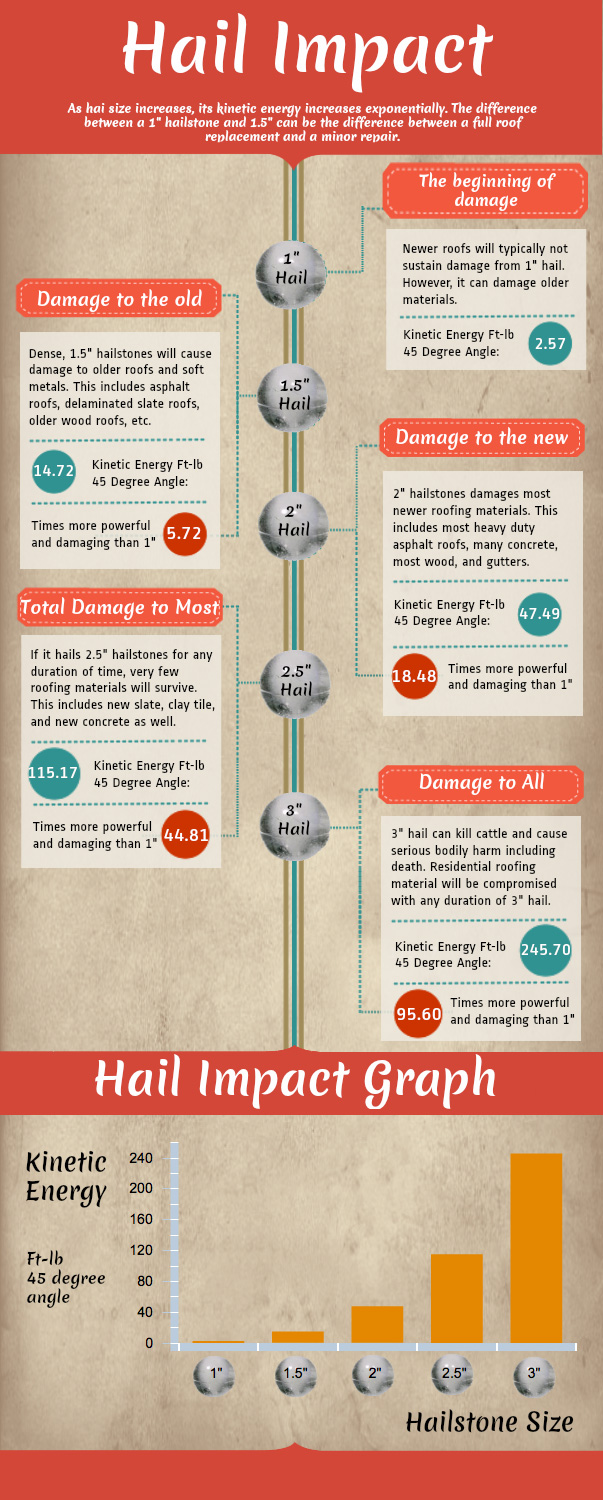How Weather Condition Issues Shape Roofing Installment: The Best Seasons For An Effective End Result
How Weather Condition Issues Shape Roofing Installment: The Best Seasons For An Effective End Result
Blog Article
Material Author-McCoy Donnelly
When it involves roofing system installments, the weather can make or damage the task. Imagine the disappointment of handling materials that won't work together as a result of severe heat or battling slippery surface areas brought on by unforeseen rain. Comprehending the impact of weather on your roof task is essential for an effective outcome. So, allow's discover exactly how different weather aspects can influence the high quality and longevity of your roofing installation, guaranteeing a task well done.
Influence of Temperature Level on Roofing System Setup
When it pertains to roof covering setup, temperature plays a critical duty while doing so. The ideal temperature level for roof tasks typically drops in between 45 and 85 degrees Fahrenheit. linked site can trigger materials like shingles to end up being also flexible, bring about potential damage during installment. On the other hand, chilly temperatures can make products weak and vulnerable to fracturing. It is very important to arrange roof installments during moderate temperatures to ensure the most effective result.
During chillier climate, professionals may need to take extra safety measures such as using heated tools or enabling products to heat up prior to installment.
In contrast, heat may call for work to be done earlier or later on in the day to stay clear of the peak temperatures. By thinking about the temperature level and its impacts on roof covering materials, you can assist ensure a successful installment that will withstand the components for many years to find.
Impact of Rainfall on Roof Covering Projects
Roofing jobs can be considerably influenced by rainfall, affecting both the timeline and the top quality of the installment. Rain or snow can create slippery conditions, making it risky for roofing contractors to deal with a wet surface. Furthermore, wetness can compromise the adhesion of products like tiles or underlayment, bring about potential leaks or damages in the future.
If it rains during a roof covering job, the water can leak right into at risk locations, triggering hold-ups as the installation crew should wait on the roofing system to completely dry prior to continuing. https://roofing-and-siding40506.develop-blog.com/36221085/disproving-common-roof-covering-fallacies-what-every-house-owner-needs-to-understand can also promote the growth of mold and mold, further endangering the honesty of the roof.
To avoid https://kevsbest.com/roofing-contractors-in-san-antonio/ , it's advised to schedule roof covering projects during drier periods or keep track of the weather forecast very closely to prepare around any kind of prospective rainstorms. By taking preventative measures to work in favorable weather, you can guarantee a smoother and extra successful roofing system installment process.
Impact of Wind Rate on Setup Success
During roofing installment, the rate of the wind plays a vital role in determining the success of the project. High wind rates can present considerable obstacles to roofing contractors, possibly leading to safety dangers and top quality issues. When wind speeds go beyond suggested limitations, it becomes challenging to deal with products, enhancing the risk of mishaps and damage to the roof materials. Solid gusts can likewise impact the accuracy of measurements and the precision required for proper installation.
To guarantee an effective roof installation, it's essential to monitor and take into consideration wind rates. Ideally, roof installation ought to take place on days with reduced to moderate wind speeds. This not just boosts the safety of the workers yet additionally enhances the total top quality of the installation.
Roof covering tasks set up during calm weather are more probable to be completed successfully and with fewer errors. By paying attention to wind rate forecasts and planning as necessary, you can assist make sure a smooth and effective roofing system installment process.
Conclusion
So, when it involves roof installation, keep in mind to consider the weather conditions to make certain an effective task. Optimum temperature levels, dry problems, and moderate wind rates are vital elements to focus on for a smooth installation procedure. By scheduling your task during the best seasons and perfect climate condition, you can attain a long lasting and long-lasting roof covering that will certainly shield your home for years to find.
